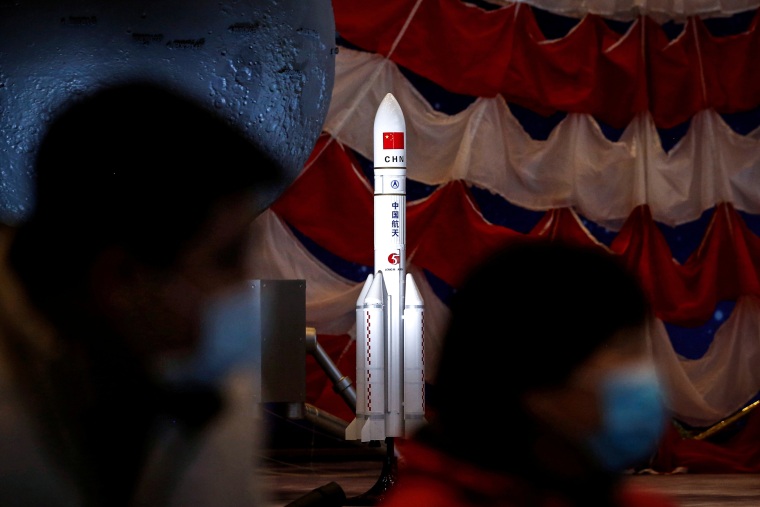M’sians reminded to continue observing SOP in view of endemic phase
PETALING JAYA: As Covid-19 cases and hospitalisation rates taper after heightened pandemic activity in August, health experts are looking at the government’s preparations for the endemic phase.
Epidemiologist and public health physician Prof Dr Sanjay
Rampal of Universiti Malaya said there was a decline in the national
daily reported cases and an even more pronounced decline in the number
of Covid-19 cases that were ventilated or in the intensive care unit
(ICU).
As Malaysia enters the last quarter of the year, there is a glimmer of hope that a greater semblance of ‘normalcy’ can return, even if it is a new normal. Daily cases are down from a peak of nearly 25,000 in August while usage of ICU beds remains manageable.
Epidemiologist and public health physician Prof Dr Sanjay Rampal of Universiti Malaya said there was a decline in the national daily reported cases and an even more pronounced decline in the number of Covid-19 cases that were ventilated or in the intensive care unit (ICU).
These trends correlated well with a decreasing trend of test positivity ratio, he added.
As at Sept 27, the positivity rate stood at 9.8%, a decrease from the 14.8% recorded on Sept 16, which was the highest peak from April onwards.
“Based on all these trends, one may conclude that the national burden of Covid-19 has actually drastically decreased in recent weeks,” he said when contacted.
On preparations for the endemic phase or endemicity, Prof Sanjay said that regardless of what the government did, there would still be new cases of Covid-19.
But these cases would have less of an impact on the healthcare system due to the decreased risk of complications in vaccinated people, he said.
“As we learn to coexist with the virus, we must re-adjust back to the time before interstate travel restrictions were enforced while continuing to wear a mask in congested areas, practise good hand hygiene and maintain physical distancing as best as we can.
“Movement restriction should be used as the last resort in the management of the pandemic.
“The World Health Organisation (WHO) recommends that movement restriction be implemented in high intensity for only short periods and only when the healthcare system is overwhelmed,” he added.
Prof Sanjay said that as Covid-19 became endemic, there would always be a baseline number of new cases daily but there was not enough data yet to accurately estimate this baseline number.
Universiti Putra Malaysia medical epidemiologist Assoc Prof Dr Malina Osman said an obvious decline in cases could be observed, particularly with active cases which stood at over 268,000 in August compared to over 168,000 on Wednesday.
“Similar patterns were observed for other indicators like hospitalisation, the number of patients in ICUS and those on ventilators.
“This indicates that the situation is much better compared to the previous month,” she added.
However, Dr Malina opined that the positivity rate being kept less than 5% was relevant during the late containment stage or earlier but once the outbreak was already in the mitigation stage, the value was no longer helpful in managing the outbreak.
On Covid-19 testing, Dr Malina said from a public health point of view, the numbers were acceptable as Malaysia had opted for targeted screening rather than mass screening.
She added that the focus now should be more on hospitals and clinical indicators rather than the number of screening tests.
On endemicity, Dr Malina said that as the situation had improved greatly and hospitals were no longer in a compromised state, the system would be able to cope.
“The government through the Health Ministry has taken all the necessary steps to cope with the surge of cases for the past few months.
“I think the major responsibility should be shared by the community as well. Communities should be empowered to decide on their own the best way to achieve optimum health status.
“They should know the best option to avoid getting infected. Practising recommended preventive practices and avoiding risky behaviours should be encouraged,” she added.
Malaysian Public Health Physicians’ Association president Datuk Dr Zainal Ariffin Omar agreed that the declining hospitalisation rates and daily cases were good signs as all the indicators were showing a downward trend.
“We are ready for the endemic phase. Vaccination for people over 12 years old should continue and so should surveillance on new clusters and variants,” he said.
The government should also continue with the current testing strategy and monitor the positivity rate until it was down to less than 5%, with over 150,000 daily tests conducted, he added.
The rates for hospitalisation, daily infections as well as deaths are currently declining after the nation was hit with a surge of Covid19 cases in July and August.
According to data from April to September this year, the highest number of Covid-19 patients hospitalised was on Aug 16, when 16,081 hospital beds were occupied, compared to 9,185 on Sept 29.
The highest number of daily infections was also recorded on Aug 26, at 24,599 cases logged compared to 12,434 on Sept 29.
As for deaths, Aug 7 recorded the highest number of actual deaths on a seven-day average at 334 lives lost, while reported deaths stood at 210 on the same date.
In contrast, Sept 29 recorded 88 actual deaths on a seven-day average and 208 reported deaths on the same date.
On Wednesday, Prime Minister Datuk Seri Ismail Sabri Yaakob announced that the entire country had moved out of Phase One of the government’s National Recovery Plan.
by FATIMAH ZAINAL and REMAR NORDIN
Related posts:
Malaysia’s new Covid-19 cases hover round 20,000-mark with record 19,819 infections
Record covid-19 new cases and deaths in Penang, Malaysia 19,733 new cases (Sep 8)











